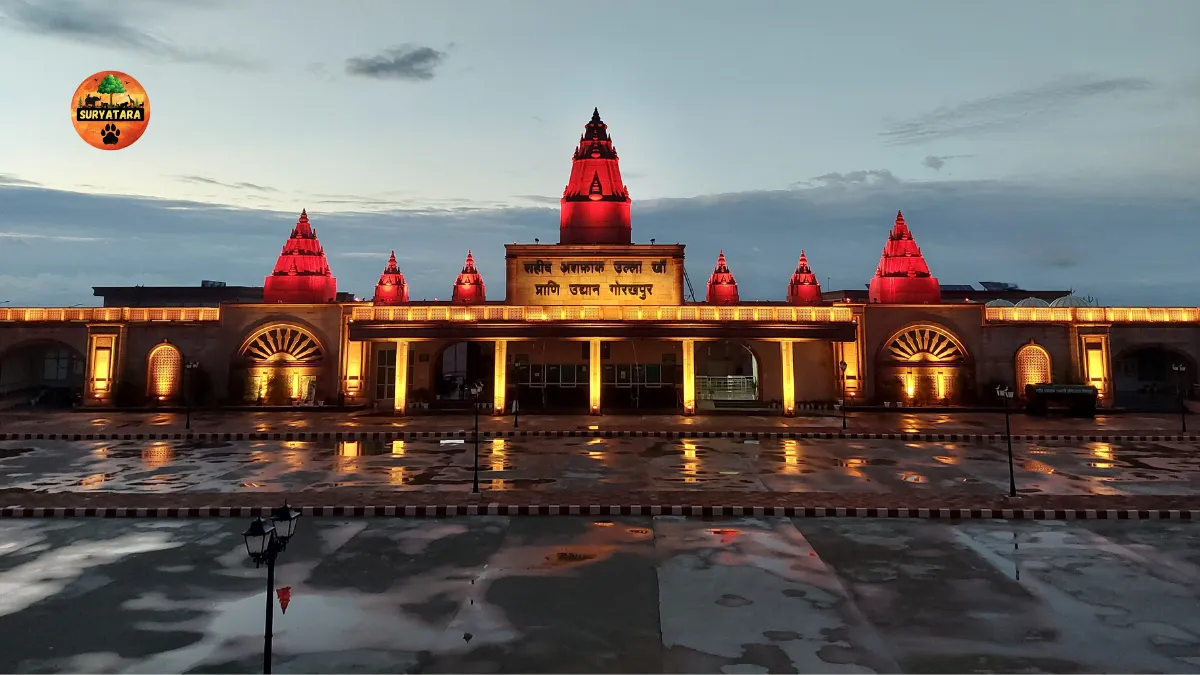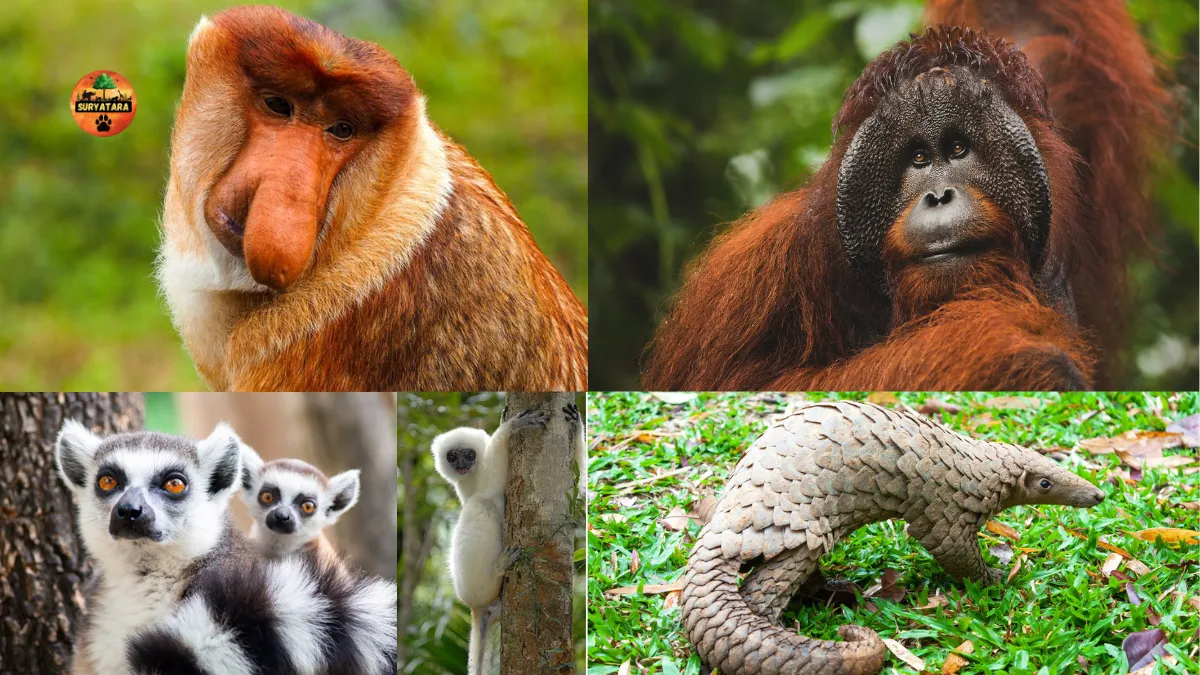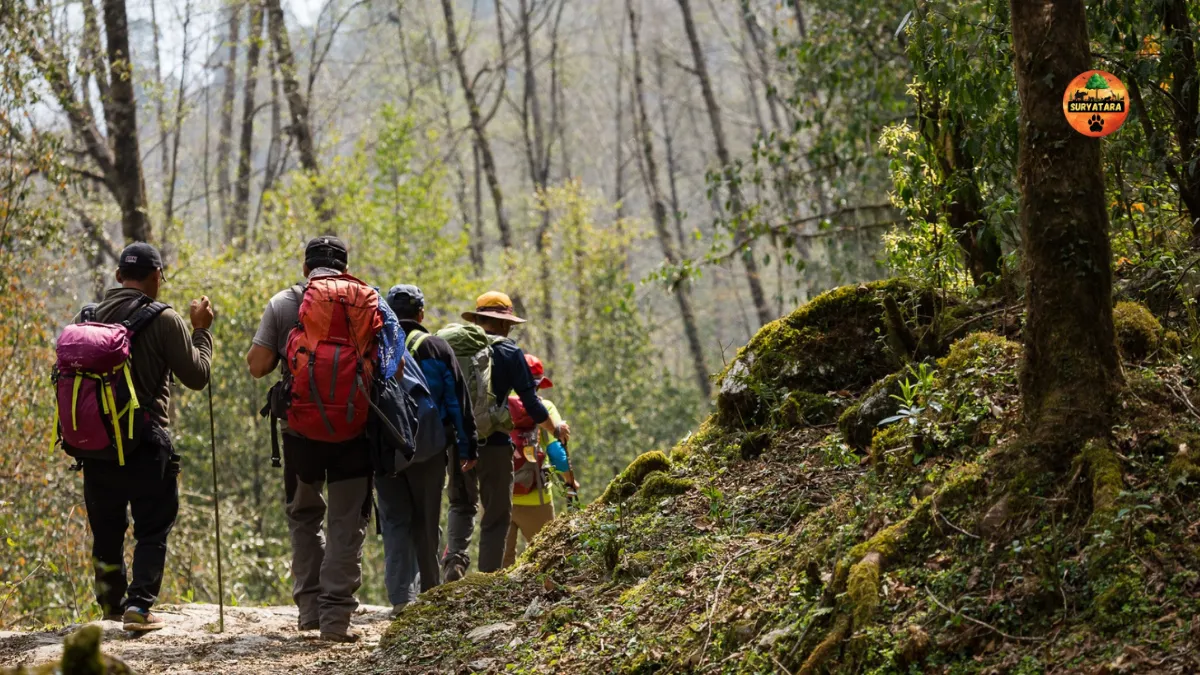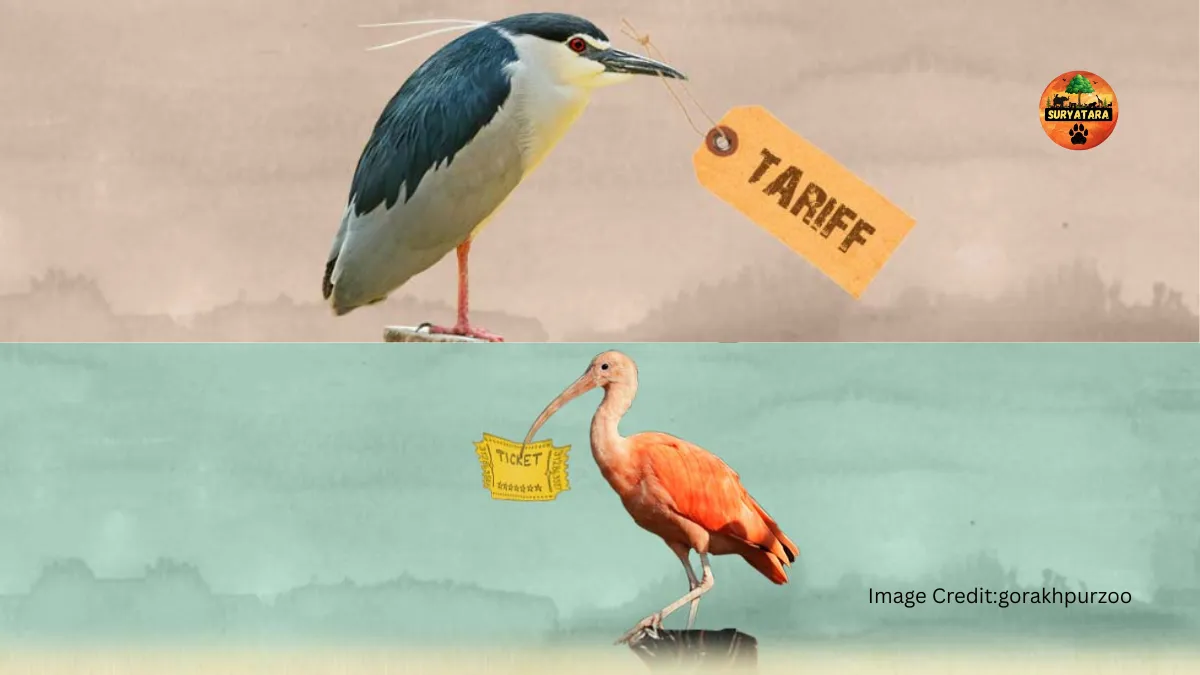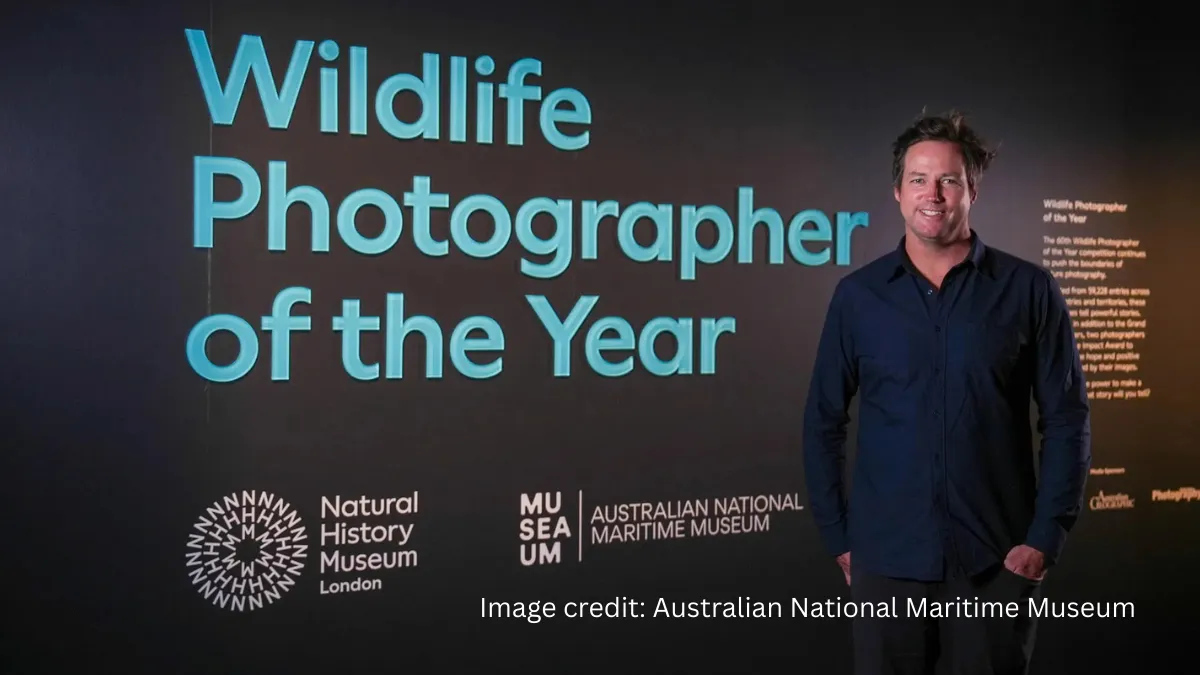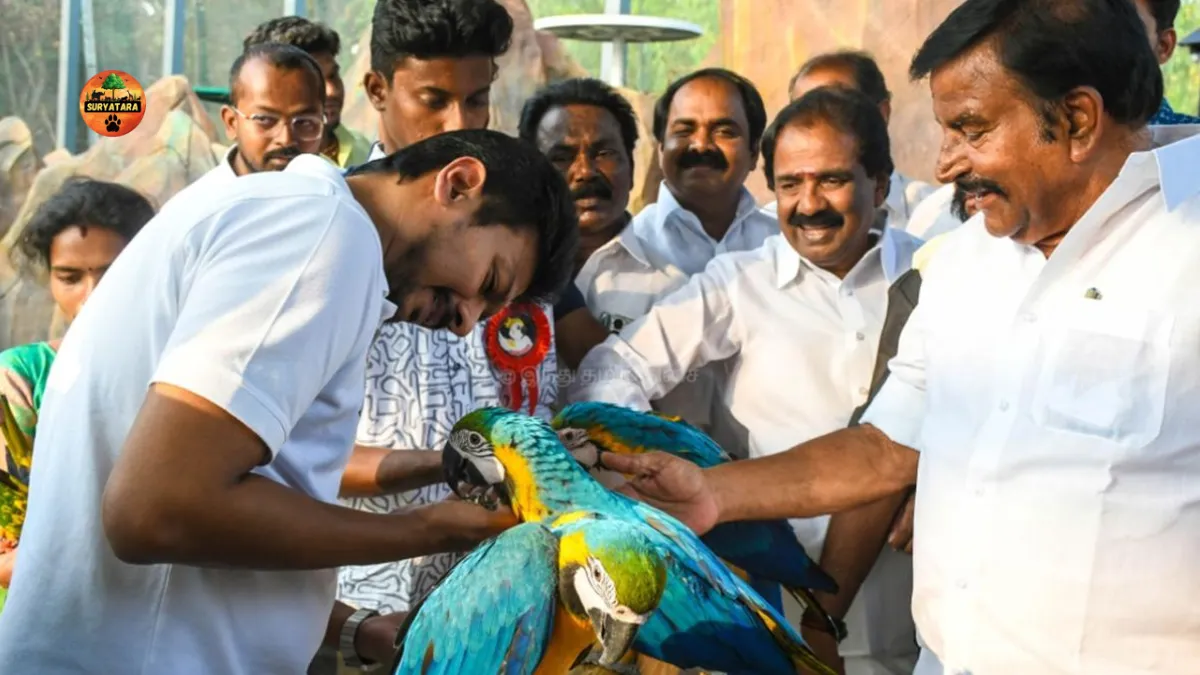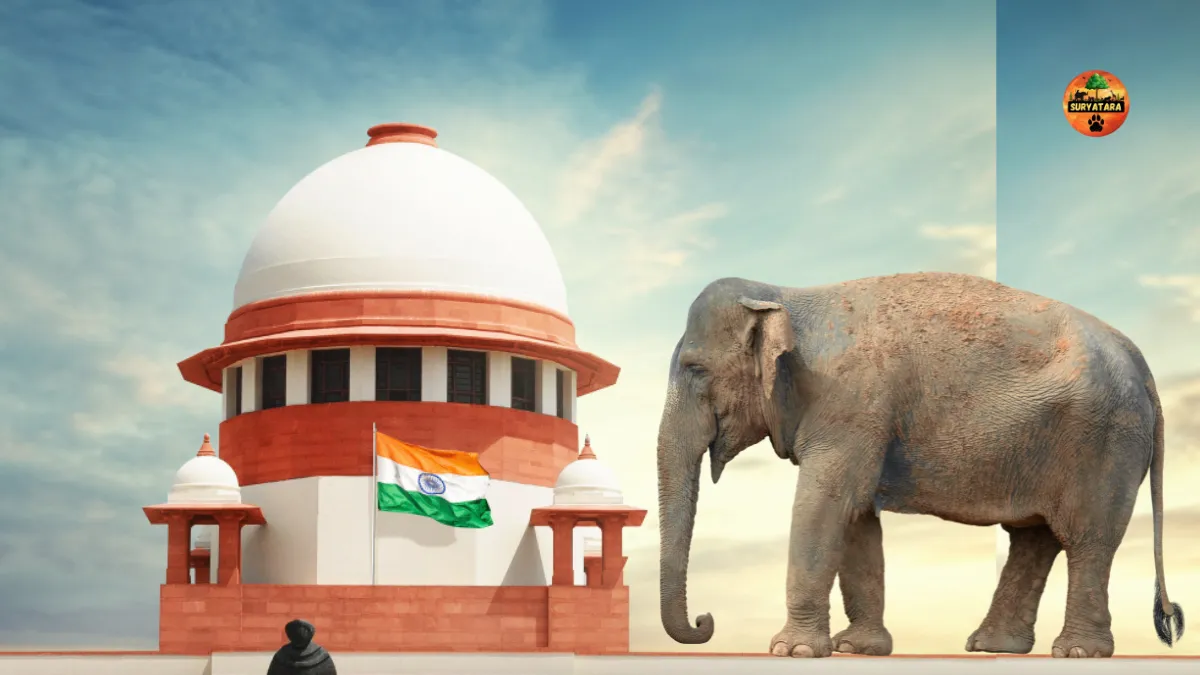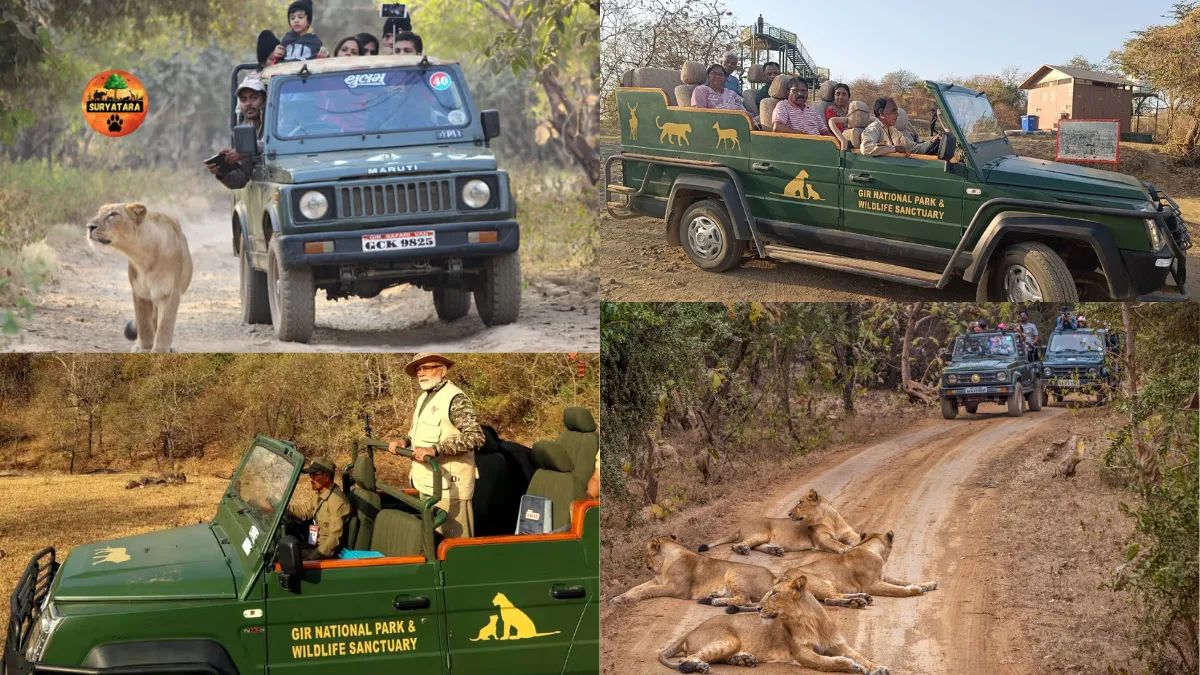Gorakhpur Zoo, officially known as Shaheed Ashfaqulla Khan Zoological Park, has reached its full capacity with over 325 wildlife and bird species already housed in its enclosures. In addition, the rescue cell of the zoo’s animal hospital is currently home to more than 50 wild animals, including nine leopards. Due to the increasing number of animals, the zoo administration has sent a proposal to the government to construct five new enclosures.
A lecture center dedicated to butterflies is also in the plans, aimed at educating visitors about the diverse butterfly species found across the state.
Zoo at Full Capacity
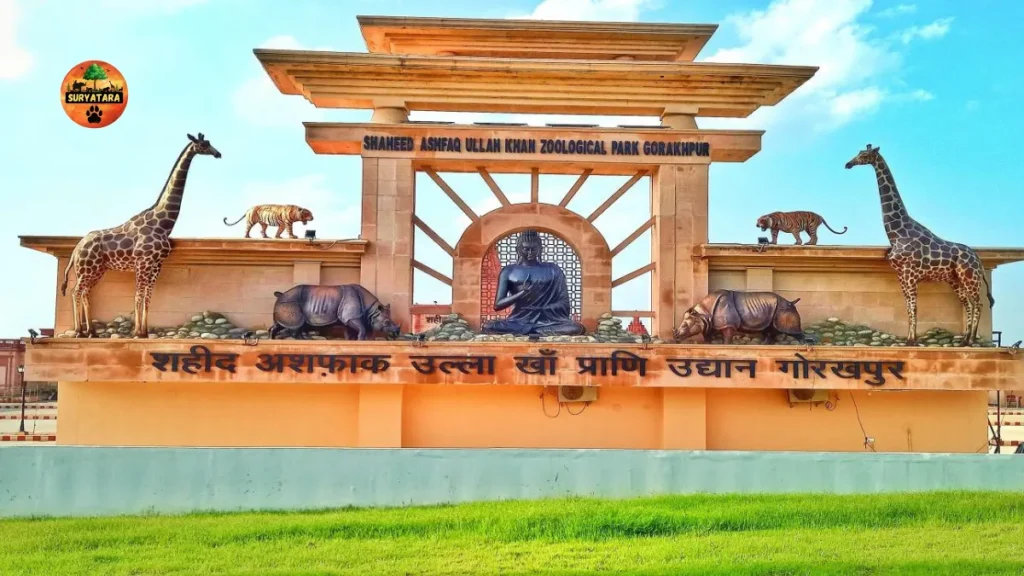
When Gorakhpur Zoo was inaugurated in 2021, it housed 151 wild animals and birds. Over the past few years, the number has more than doubled, reaching over 325 in the main zoo enclosures. The rescue cell holds another 50-plus wild animals, many of which have been brought in after being rescued from various parts of Uttar Pradesh.
According to the zoo administration, the main enclosure currently includes:
- 2 lions
- 3 tigers
- 3 leopards
- 2 rhinoceroses
- 3 hippopotamuses (one born in the zoo)
- 15+ crocodiles (eight born in the zoo)
- 4 bears (Indian and Himalayan species)
- 40+ deer and 8 elk (four born in the zoo)
- 80+ birds of different species
- Various other species including wild cats, foxes, wolves, and snakes
The snake house alone contains numerous snake species, each kept in a separate environment for visitor safety and educational purposes.
Table: Key Animal Count at Gorakhpur Zoo (Main Enclosure)
| Species | Number | Special Notes |
|---|---|---|
| Lions | 2 | |
| Tigers | 3 | |
| Leopards | 3 | |
| Rhinoceroses | 2 | |
| Hippopotamuses | 3 | One born at the zoo |
| Crocodiles | 15+ | Eight born at the zoo |
| Bears (Indian & Himalayan) | 4 | |
| Deer | 40+ | |
| Elk | 8 | Four born at the zoo |
| Birds (various species) | 80+ | |
| Other wildlife | Many | Includes wild cats, foxes, wolves, snakes |
Rescue Stories: Leopards and Other Wildlife
The rescue cell is home to many remarkable stories of survival. Among the most famous are two leopard cubs named Chandi and Bhavani, who were abandoned by their mother. At the time of their rescue, one cub was just two and a half months old, and the other only a week old. Uttar Pradesh Chief Minister Yogi Adityanath personally fed them milk and named them. Both leopards are now fully grown and healthy.
Other notable rescues include:
- Five leopards from Bijnor, captured after they were involved in human-wildlife conflict, leading to three fatalities.
- One leopard from Balrampur and another from Maharajganj, both rescued from poachers.
According to Dr. Yogesh Pratap Singh, the zoo’s Chief Wildlife Doctor, the rescued leopards include three males and six females. These animals, along with others in the rescue cell, are kept in special facilities to ensure their safety and rehabilitation.
Plans for New Enclosures
Since every enclosure is now occupied, the zoo administration is making use of the currently vacant zebra enclosure to temporarily house incoming animals. However, this is only a short-term solution. A formal proposal for five new enclosures has been submitted to the state government, and construction will begin once funds are approved.
These new enclosures will allow the zoo to bring in more wildlife, improve animal comfort, and provide a better visitor experience.
Lecture Center for Butterfly Education
In addition to the new animal enclosures, Gorakhpur Zoo is focusing on biodiversity education. A lecture center will be built next to the butterfly house to provide detailed information about the various butterfly species found across Uttar Pradesh. Visitors will be able to learn about:
- The natural habitats of different butterflies
- Their physical characteristics
- Their scientific names
- The role butterflies play in pollination and the ecosystem
The butterfly house at the zoo has recently been re-beautified with a variety of plants and flowers designed to attract butterflies. Species such as cosmos, champa, marigold, jasmine, rose, lantana, zinnia, sunflower, hibiscus, petunia, and dahlia have been planted to create an ideal environment for them.
Gorakhpur Zoo’s Role in Wildlife Conservation
Gorakhpur Zoo is not just a tourist attraction—it plays a vital role in wildlife conservation and rescue. The facility actively participates in:
- Rescue and Rehabilitation – Taking in injured, abandoned, or conflict-involved wildlife and providing them with medical care.
- Breeding Programs – Successfully breeding species like crocodiles, elk, and hippos within the zoo.
- Public Awareness – Educating visitors about wildlife protection through exhibits, lectures, and special programs.
- Habitat Preservation – Creating environments within enclosures that closely resemble the animals’ natural habitats.
Also read: Sarthana Nature Park Ticket Online Booking: Complete Guide for Visitors
Visitor Experience and Facilities
The zoo offers a range of facilities for visitors, including guided tours, educational displays, and interactive sessions for children. The upcoming lecture center is expected to enhance the learning experience. For many visitors, seeing rare wildlife such as lions, tigers, and rhinoceroses up close is a highlight. The snake house also draws attention for its diverse reptile collection.
Also read: Vandaloor Zoo Ticket Price 2025: Full Guide with Entry, Parking, and Ride Charges
Conclusion
Gorakhpur Zoo has quickly grown into one of Uttar Pradesh’s most important zoological parks since its inauguration in 2021. With more than 325 animals in the main enclosures and over 50 in the rescue cell, the zoo has reached its capacity. The planned construction of five new enclosures and the addition of a butterfly lecture center mark the next step in its expansion and educational mission.
By continuing to combine conservation, rescue efforts, and public education, Gorakhpur Zoo is not only a place of entertainment but also a hub for wildlife protection and awareness in the region.
